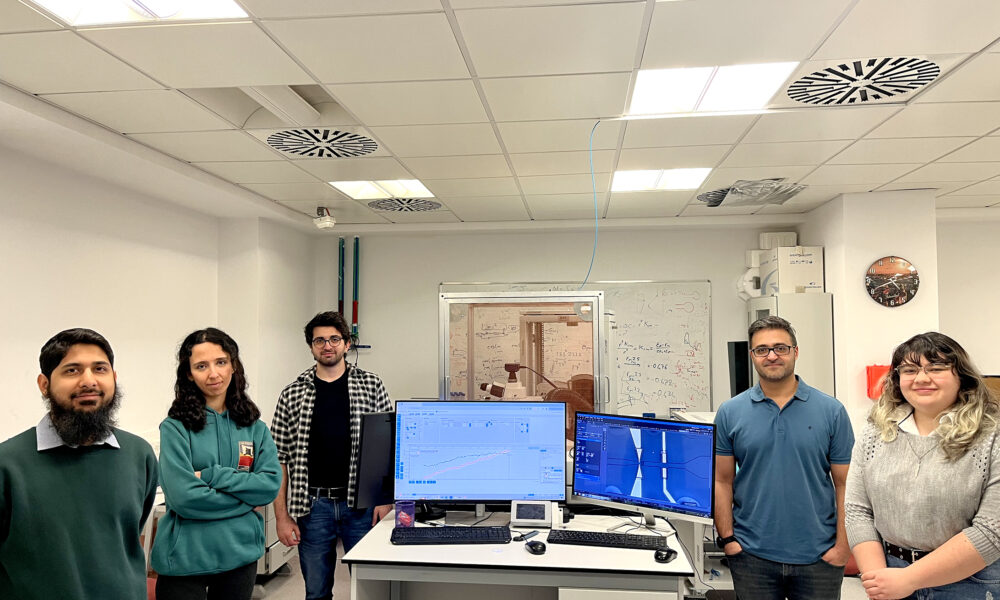In a significant development, researchers from Bilkent University have achieved a major breakthrough in the detection of microplastic pollution, an emerging environmental threat. The team, led by Assoc. Prof. Selim Hanay, has developed a proof-of-concept device that can accurately classify and differentiate microplastic particles from other microscopic objects.
The research, published in the prestigious journal, “Advanced Materials,” presents a novel approach that combines impedance cytometry and microwave resonators to achieve highly sensitive and selective detection of microplastic particles. The study provides a promising solution to a critical challenge in the monitoring of water resources, environmental intelligence and microplastic research.
“Our work introduces a new method for the rapid and efficient characterization of microplastic particles, which is crucial for understanding their environmental impact,” said Prof. Hanay. “The potential applications of this technology are far-reaching, including water quality monitoring, environmental remediation and the development of sustainable materials.”
The device leverages the unique electrical properties of microplastic particles to distinguish them from other microscopic objects. It utilizes impedance cytometry to measure the electrical impedance of individual particles as they flow through a microfluidic channel. This measurement provides information about the size of the particles.
Subsequently, the particles are exposed to microwave radiation in a resonant cavity, which further enhances the differentiation process. The microwave resonator probes the dielectric response of the particles, enabling the differentiation of different types of microparticles.
The researchers demonstrated the effectiveness of their device by successfully classifying different types of microparticles, such as polystyrene and glass microparticles. The device also exhibited high sensitivity, detecting microplastic particles as small as 20 micrometers in size. Research is underway to further diminish the size limit.
This breakthrough has significant implications for the monitoring and mitigation of microplastic pollution. The device offers a rapid, cost-effective and portable solution for the on-site analysis of water samples. It can be deployed in various aquatic environments, including rivers, lakes and oceans, to assess microplastic contamination levels.
The research team at the Department of Mechanical Engineering and Bilkent University National Nanotechnology Research Center (UNAM) is committed to further developing and refining this technology to address the growing challenge of microplastic pollution. Their work aligns with the university’s mission to conduct cutting-edge research that tackles real-world problems and contributes to a sustainable future. The research is funded by the ERC Starting Grant, and its further development supported by an ERC proof-of-concept grant.
The journal article can be accessed by this link: https://onlinelibrary.wiley.com/doi/full/10.1002/adma.202304072
The web page for the Microplastic Detection project is: https://www.nems.me/microplastics













